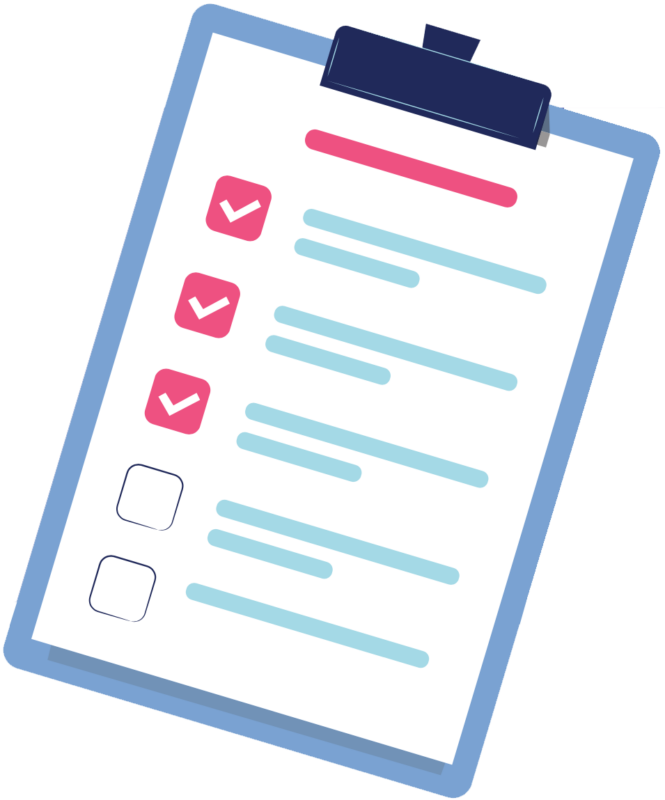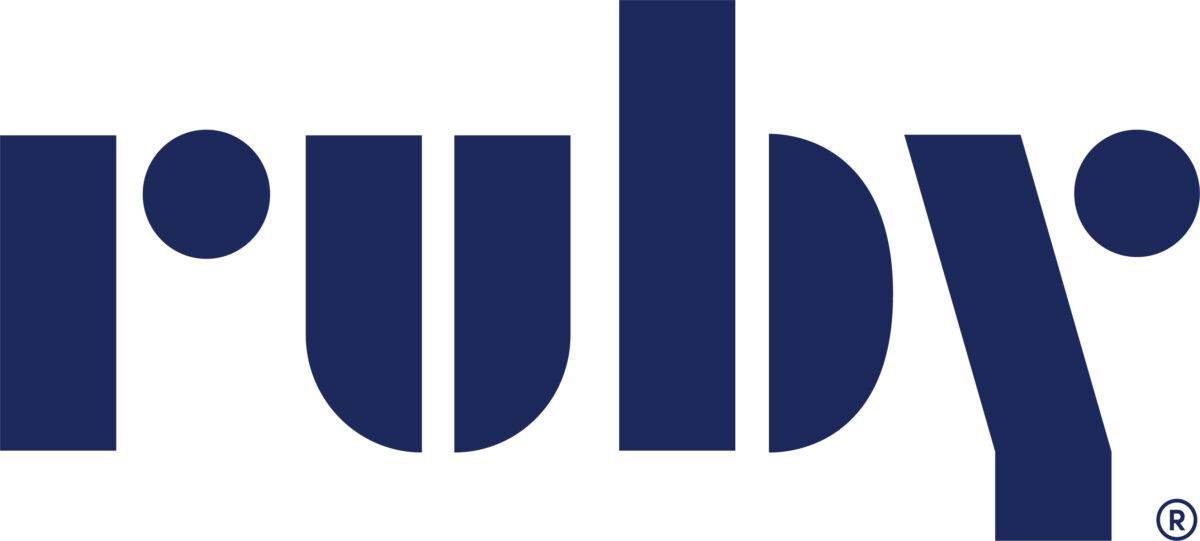
How do you feel about hiring?
Personally, I don’t exactly love it.
For one, there’s the work involved in recruiting: writing job descriptions, combing through resumes, vetting candidates, conducting interviews and follow-up interviews, negotiating pay, coordinating start dates, and so on.
On top of that, there’s the emotional and mental work of hiring: “selling” the position to candidates, figuring out whether someone is the right fit or not, addressing unconscious bias… You get the idea.
Plus, you’re against the clock. I’m talking about time to fill. Every moment you wait is a moment the perfect person for the job could accept another position. Every day spent recruiting is a day when an imminent business need goes unfulfilled.
And then, after all that effort—if you’re lucky enough to find the right someone at the right time—a whole new world of work reveals itself: new employee training.
Oh boy, training.
Training a new employee can be both exciting and exhausting. You want to make sure they not only know everything they need to do their job in line with your policies and requirements, but also feel comfortable and capable in their role. Once again, you’re likely operating on a time limit, aiming to drive productivity as quickly as possible. After all, you brought this person on to fill an important gap—and hiring has probably taken longer than you expected.
From there, one of two things usually happens:
You bring on a fantastic new employee who thrives in their role, improves your bottom line, contributes to your company culture, and enjoys a rewarding career at your organization. Yay!
Your new employee leaves within their first 90 days, maybe because expectations weren’t clear or the fit wasn’t right, and the hiring and training process starts again. Ugh.
How do you reduce the chances of that second occurrence? What does it take to maximize “yays” and minimize “ughs?” Although there’s no foolproof technique—some hires just don’t work out due to circumstances beyond anyone’s control—there are ways to improve new employee retention and get more ROI from training.
At Ruby, we’ve found that the best approach is to consider a potential employee’s holistic experience and center their needs from the very beginning.
What does this look like? Much of it comes down to what steps an employer takes to make a potential candidate’s experience positive and special—before training, onboarding, or even the first interview. It also means being extra-thoughtful about searching for and evaluating candidates.
In other words, smart training starts with smart hiring.
Here are a few ways you can tweak your search and recruiting efforts to boost the chances you’ll find (and keep!) the best candidates.
Table of contents
Put yourself in an applicant’s position.
Before you start your search, consider the job from a potential new employee’s perspective:
What does this opportunity have to offer them?
Why would they want to apply?
For many people, the mere fact that a job exists isn’t enough reason to want it. The labor shortage of the early 2020s was a stark wake-up call that it takes more than the promise of a steady paycheck to attract a new employee.
- People want flexibility. As Tim Minahan, executive vice president of business strategy at Citrix, explains in the Harvard Business Review, employees want to be trusted to deliver results rather than measured by how many hours they work.
- People want to work in diverse, inclusive workplaces. Four out of five workers say they “want to work for a company that values diversity, equity, and inclusion.”
- People want to work for companies that invest in them. According to a recent LinkedIn survey, a whopping 94% of employees “would stay at a company longer if it simply invested in helping them learn.”
Perhaps most importantly, people want to work for organizations whose values they share.
In other words, employees want their work to matter to them.
So, when crafting your job description and looking for candidates, think about how you can communicate what your company stands for, why the job matters, and your commitment to doing right by the members of your team. Considering these questions early on improves your chances of finding the best candidates and makes the hiring, onboarding, and training processes substantially easier.
Take time to get every job posting right.
Although it can be tempting to list a new job as soon as it opens, give yourself some time (a day or two at least) to think through the role and who you want to fill it.
The words you use to attract candidates matter. It’s important to be clear, down-to-earth, and encouraging, and to strike a balance between too much and not enough information.
- An overly long job description can feel intimidating or confusing. It sends the message that an employer has unrealistic expectations—a red flag for many job seekers. It also tends to unnecessarily narrow the candidate pool.
- A job description that’s too brief, on the other hand, may attract the wrong people—people who have incorrect assumptions. For others, the description indicates that an employer is hiding something or doesn’t know who they’re looking for.
Remember your audience, and keep in mind that the search is a two-way exchange. People are evaluating your company as much as you’re evaluating them. Use words that draw people in, pique interest, inspire hope, and perhaps offer a gentle challenge (e.g. “Do you have what it takes to…?”, “Are you ready to…?”).
Keep things reader-friendly. Vague language, long sentences, and blocks of text are difficult to navigate on job boards—especially as many candidates are looking through multiple opportunities at once, often on their mobile devices. Use short paragraphs, appropriate negative space, and bullet points to make things easy to read and scan.
Make sure to use inclusive language. Donald Thompson, co-founder and CEO of The Diversity Movement, recommends using inclusive words like “they” instead of “he or she” and avoiding terms that may signal bias:
Adjectives that imply competition or dominance—like driven, assertive, fearless, independent, and outspoken—tend to attract men, while words that imply caregiving or collaboration—like sensitive, honest, compassionate, nurture, and share—often attract women. Words like “digital native,” “tech-savvy,” and “high energy” discourage older professionals from applying, and words like “recent college graduate” may even be used as proof of age discrimination.
Thompson also suggests forgoing idioms such “knock it out of the park” or “rock star” that not every potential candidate may understand. Read more: “Better job descriptions attract higher-quality candidates: Here’s how to write them.”
An effective job description contains…
- Clearly defined title, duties, and expectations
- An overview of the company and its culture
- Inclusive language
- Required/preferred qualifications and experience
- Information about compensation and/or benefits, if possible
Focus on answering the most important questions: What does the job entail? Why does it matter? What makes your business a great place to work? What qualifications does a person need to apply?
Make your search as broad as possible.
Just as what you say matters, so too does where you say it. The job boards and hiring sources you use largely determine your candidate pool. And the more ways you share the opportunity, the better and more diverse your applicants will be.
Here are a few ideas to broaden your search beyond the typical places (Indeed, Monster, LinkedIn, etc.), via SHRM:
- Ask employees to make referrals.
- Host a virtual job fair.
- Place ads.
- Partner with organizations in candidates’ communities.
- Use texts and social media to connect and follow up with candidates.
Read more: “17 Creative Recruitment Strategies to Attract More Job Applicants.”
Additionally, depending on the nature of the role, think about what steps you can take to make the job itself available to a wider group of people:
Think about the nature of the work.
Can someone perform the job virtually?
If the job must be performed in-person…
…consider qualified applicants outside of your area.
Be open about reasonable and explainable "gaps" in experience.
What is that resume really saying?
Consider candidates outside your field.
What skills does the right person have?
Remember: the way a person presents themselves and articulates what they’ll bring to the job matters just as much as (if not more than) what’s on their application. Think of it this way: Would you rather hire someone who’s passionate about the job but spent some time unemployed, or someone with a steady work history but less enthusiasm? There’s no one right answer.
The point here is that experience isn’t everything. In many cases, an employee’s most valuable skills are either A) learned on the job or B) the “people” skills they bring, seemingly as an extension of their personality.
An effective training and development program will grow both A and B, but the skills in the second category—commonly known as soft skills—aren’t as simple to teach. That’s why it’s critical, early in your hiring process, to look for candidates who have these skills.
Look for soft skills.
Depending on your industry and the needs of a specific occupation, a jobseeker’s education, work history, and “hard” skills are important, perhaps essential. You can’t exactly hire someone without an M.D. or an RN to provide treatment. But with that caveat, the most important skills to look for in a job candidate are frequently soft skills.
By hiring someone with soft skills, you’re bringing on an employee with the potential to do more than the role you’re hiring them for. We’re talking about a person who’s adaptable, resourceful, and resilient.
Let’s get more specific. Here are some soft skills employers should look for:
- Empathy
- Critical thinking
- Listening skills
- Collaboration and teamwork
- Organization and time management
- Interpersonal skills
- Conflict resolution
- Creativity
- Reasoning and problem solving
- Stress tolerance
- The ability to connect with others
While many applicants claim to possess these skills—we’ve all called ourselves “detail-oriented” “team players” who thrive in “fast-paced” environments, among other clichés—not everyone has them. Indeed, roughly 75% of employers say it’s difficult to find qualified college graduates with necessary soft skills such as critical thinking and communication.
One reason for the gap is that education and training tend to emphasize measurable skills. It starts as early as kindergarten. We learn the alphabet, multiplication, how to speak another language. As adults, we tend to define ourselves and others by our credentials and qualifications—a law degree, an ability to fix a leak, a competency in programming.
Being a good listener or having emotional intelligence are considered personality traits rather than learned expertise. They’re things that “nice” people, apparently, just kind of naturally do. And if a job doesn’t require someone to be nice (at least not on paper), why train for it?
Meanwhile, those jobs that do require people to be nice—customer service, for instance—often fall into the “low-skill” or “entry-level” category. As a result, the world perceives them as less desirable and less valuable to society as occupations that require hard skills.
Make no mistake: we need both hard and soft skills. But these days, the equation is out of balance. Hard skills are in abundance, employers are well-positioned to train for them, and we have a multitude of tools and technology that can pick up the slack when need be. It’s time to prioritize soft skills—and to recognize those who have them as the experts and specialists they are.
We’ll cover training for soft skills in a future blog post. For now, here are a few ways you can assess soft skills during your interview questions:
Ask open-ended questions (e.g. “Tell me about a time when…” ).
- Ask situational questions (e.g. “What would you do if…”).
- Use structured interviewing. Asking every candidate the same questions helps you better understand the personal communication styles and critical thinking skills different people possess.
- Keep an open mind. Practice your own soft skills by deliberately connecting with and listening to each candidate. It’s their time to talk. Set aside your preconceived notions and let the other person show you who they really are. They may surprise you.
Next up: training
Whew, we covered a lot here! Even so, this is just a brief overview of hiring and how it intersects with employee training and development—and ultimately, productivity and retention.
Stay tuned for more articles about each of those topics. For now, if you’d like more tips for employers, be sure to check out our small business resource hub.



